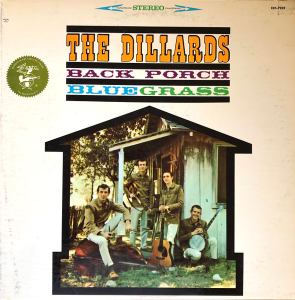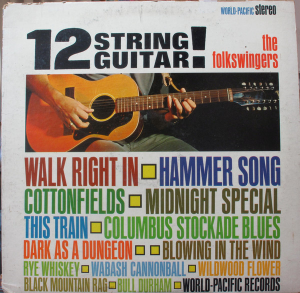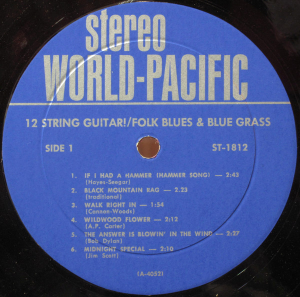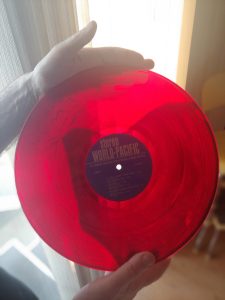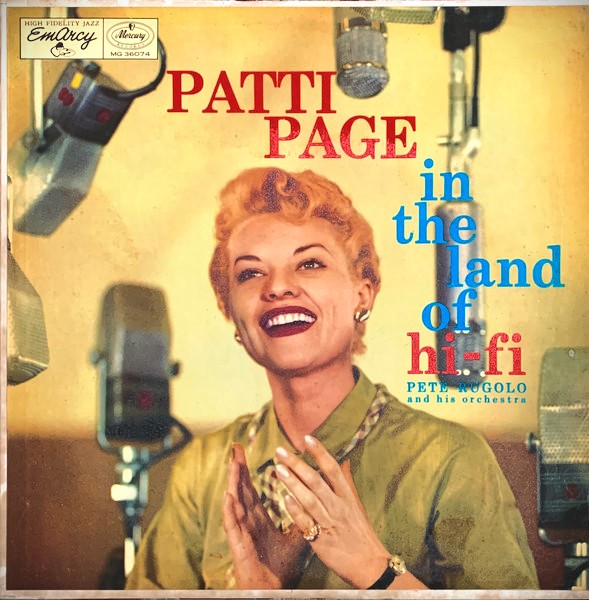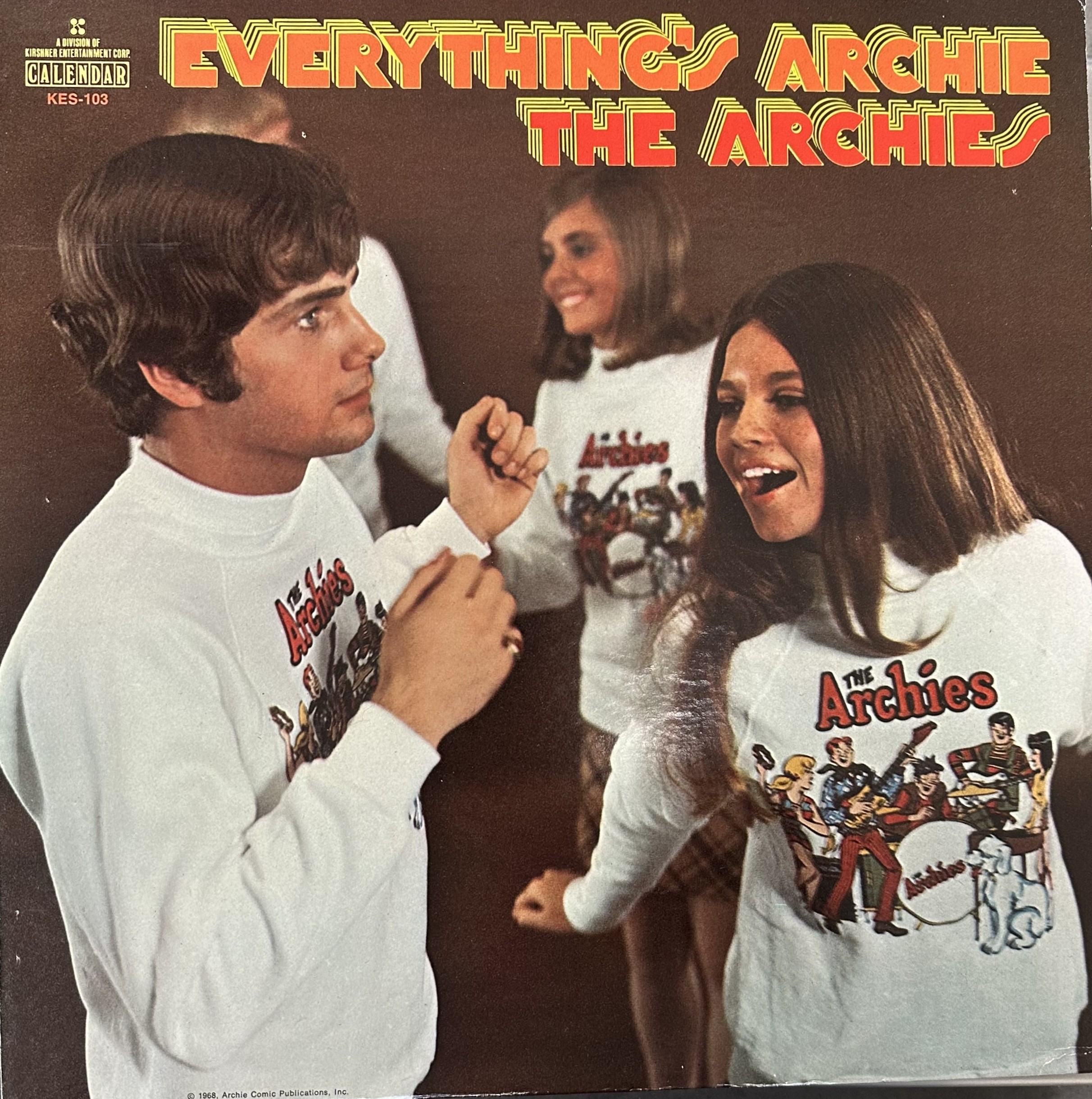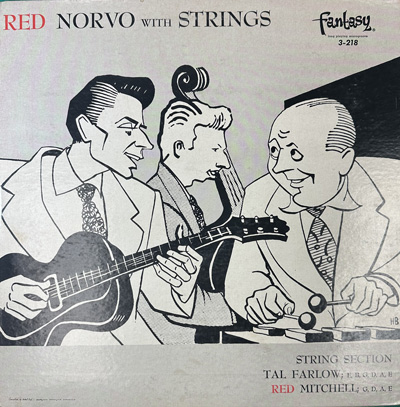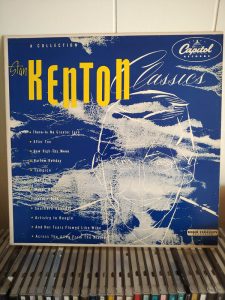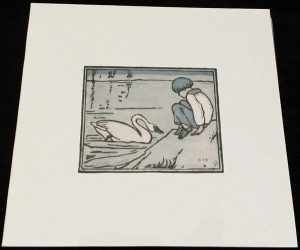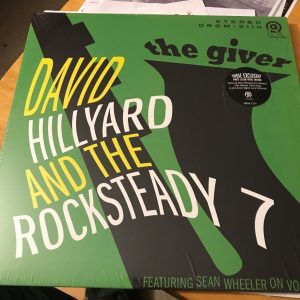I am grateful for the existence of bluegrass and for The Dillards, because they introduced me to the exciting world of bluegrass music. Let me state this right here: I love bluegrass music!. Some people lump bluegrass under the same umbrella as country music, but it actually belongs under its own umbrella. Bluegrass comes in many flavors. Some of it is traditional southern mountain music, some of it is jazzy, and some of it leans towards the rock and roll direction. One favorable characteristic of bluegrass is the fact that it's acoustic music, and one nice bonus to us audiophiles is that small ensemble acoustic music, like bluegrass and jazz, is easier to record, and much easier to reproduce, than a large orchestra or a rock group. In other words, a well recorded bluegrass album can be a sonic wonder, as well as musical thrill.
Nobody played bluegrass better or faster than the Dillards. There is a lot of soul to be found in bluegrass, but rural music often features sloppy musicianship, and sloppy playing can be found on a number of 50s and 60s bluegrass recordings. The Dillards possessed enough soul for ten bands, and their playing was tight and free from slop. Nobody ever sang bluegrass better either. The clothespin-on-the-nose vocals that are often associated with this music are kept to a minimum when the Dillards sing. Rodney Dillard was their lead vocalist and his sweet tenor voice never sounds pinched. The quality of the Dillards harmonies can be compared to The Eagles and The Beatles.
The Dillards hit the music scene in 1963, which was perfect timing, as the 60s folk revival was in full swing. Although they came from Salem, Missouri, they headed to Los Angeles rather than Nashville for their fame and fortune, and they became an integral part of the west coast folk scene, and it was in Los Angeles that their earliest and best albums were recorded. They also had the incredible benefit of television exposure on the Andy Griffith show. I'm focusing on their 1963 recordings which were made at Richard Bock's World Pacific studio. To my ears this is the best music The Dillards ever recorded.
I titled this article "My Dillards Adventure" because whenever I listen to the Dillards' early recordings I feel a stirring sense of adventure. I find Flatt & Scruggs extremely pleasing with their down-home charm, but they were hardly adventurous. I also enjoy, albeit in small doses, Bill Monroe's paint-peeling vocals and his hard-driven mandolin playing, but, again, the music, at least his recorded music, isn't exactly adventurous either. Excitement wise, the 1963 Dillards play and sing with the intensity of a rock group. Their recordings are like listening to the Beatles, and like the Beatles, their combined voices reach deep inside you. As far as their musicianship is concerned, you'd be hard-pressed to find a finer banjo player than the great Doug Dillard (1937 - 2012), or a mandolin player who could play faster than Dean Webb (1937 - 2018).
The Dillards' debut album, Back Porch Bluegrass (Elektra EKS 7232), is where my Dillards adventure started. It's not a perfect album, nor is it a perfect recording, but parts of it sound amazing, and the best cuts are off-the-charts incredible. The first cut, "Old Joseph," opens with Dean Webb on the right side, showing off his speedy licks on the mandolin. His playing has so much energy that you can't imagine the temperature getting any hotter, but it does just that when Doug Dillard enters on the left creating jolts of acoustic lightning on his banjo. This cut was clearly designed to let the listener know that the Dillards are not your average after church group of weekend jammers, but rather an acoustic portal into the hard rock future. Cut two is the gospel-bluegrass standard, "Somebody Touched Me. Other notable versions include those by the Stanley Brothers and a lovely slower version by Carl Butler and The Webster Brothers, but honestly, the only version that plays inside my head is by The Dillards! Side two cut five is a song penned by Grandpa Jones called "Rainin' Here This Mornin'" and it's my favorite cut on the album. I first heard it on a late night radio. Up to that point I never paid much in the way of attention to bluegrass. It was always nice music, but it was somebody else's nice music. On that night it became my music. Many artists have sung and recorded "Rainin' Here This Mornin'," but with all due respect to the Stanley Brothers, Norman Blake, and to Grandpa Jones himself, nobody brings out this song's high lonesome magic quite like The Dillards. It's also the best sounding cut on the album.
As always, the sound of a recording is important, as it affects the way we interpret the music. I have good news for my fellow sound buffs. The first Dillard's album has excellent sound. As I stated earlier, this is not a perfect recording. Engineer Dino Lappas (1934 - 2015), whose work I admire, ran into some overload on "Somebody Touched Me". Oh well, analog tape and mic preamps overload if you're not watching your meters, and if you need another example of analog era overload just listen to Neil Young's "Old Man." Lappas also had a little fun with gain riding, and you can hear his expert fader work on "Old Joseph." Listen to the way Lappas carefully brings up Doug's banjo solos, and then listen to how he brings the banjo down when Dean Webb solos on the mandolin. We can't call this purist engineering, but it sounds much better than the mics-in-the-ceiling reverberant messes that are so often marketed as a truer sound. Also, the all-tube recording adds a little extra meat to the strings, just the same way that all-tube recording increases the palpability of saxophones on our favorite jazz records.
I am very pleased to report that the CD transfer of the Back Porch Bluegrass is an undoctored flat transfer of the master tape, and it's coupled with their excellent second album, Live!!! Almost!!!. In other words, whether you're inclined to play LPs or CDs, you can have the same excellent sound on both formats, and I strongly recommend that you acquire both.
Back Porch Bluegrass was issued in May of 1963. During that same month Rodney Dillard, Doug Dillard, and Dean Webb joined up with Glen Campbell, and they headed back to World Pacific's studio to record an instrumental album called "12 String Guitar!" (World Pacific ST 1812). Since Glen was signed to Capitol and the Dillards to Elektra, they were dubbed The Folkswingers. Three cuts from this album are incredible. Side one cut one is their take on "If I Had A Hammer," and it's a first class audiophile thrill. Glen's 12 string guitar vividly takes up the left side of the stage, and Rodney Dillard's 6 string guitar is equally vivid on the right side of the stage. We've all used the words "you are there" to describe amazing sounding recordings, and those words aptly apply to this record, and the musicianship is just as good as the recording. Side one cut three is another Glen and Rodney duet, and this time they are playing the most famous acoustic 12 string song of all time, "Walk Right In." Side two cut four is another Glen and Rodney duet, and it's my favorite cut on the album. It's a Campbell original called "Bull Durham." The playing on this cut is fast, clean, and, above all, fun. Dean Webb's bass picking on this cut is sharp and inspired, and great bass picking sounds like a ton of fun when you own a high end audio system!
Even though both albums were recorded in the same studio, by the same engineer, this instrumental album is closer to what we'd call a demo disc. By not recording vocals, Lappas was able to focus on the sound of the instruments, and I'm of the mindset that "12 String Guitar!" was intended for sound buffs. The album was first issued on red vinyl, and I own three red vinyl copies. I've tried a couple black vinyl copies and they didn't sound as good. I could speculate as to why the red copies sound better, and most collectors would agree that it's probably because the metal was fresh when the red copies were pressed. Here's the truth: Rarely do two copies of the same record sound the same, so I'm guessing that there are black vinyl copies that sound just as good as my red copies, and they're probably a little quieter as well.




